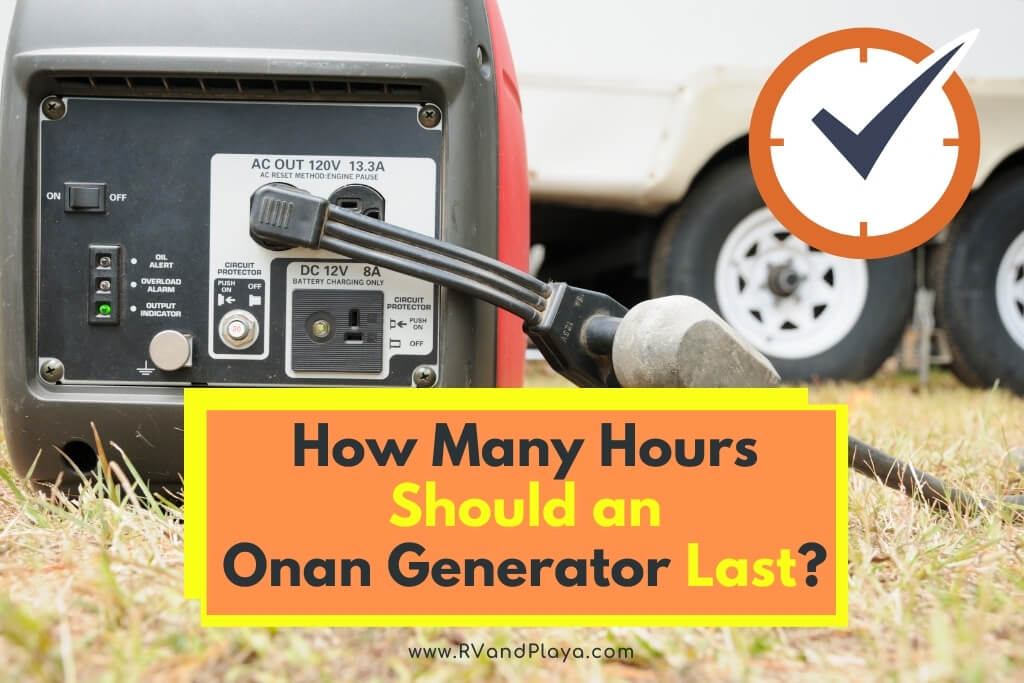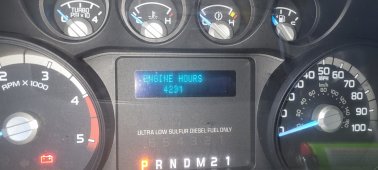Doggydogworld
Solar Enthusiast
- Joined
- Aug 29, 2022
- Messages
- 360
Micro-CHP was the next big thing a few years ago. Gas utilities and propane vendors were hyping them. Figure 2 in this technology snapshot (PDF) has a nice graph showing type (fuel cell, internal combustion, Stirling, microturbine, etc.) and power rating. I have no idea how many of those vendors are still around, though Blue-Gen looks to be active in the UK.Does anyone make a natural gas furnace / generator???
FWIW, the Generac PowerPact 7.5 kW (LP) / 6 kW (NG) is rated at 117 cu ft of NG per hour at full 6 kW output. So that's about 5 kWh per therm, or 14 cents/kWh if your therms cost 70 cents (a great price, btw, Henry Hub futures are trading around 60 cents/therm today). People figure a small Generac will last ~3000 hours, or 18,000 kWh at full load. That adds another 11 cents/kWh in depreciation. Then you have maintenance costs (free labor, ha), repairs, etc.








